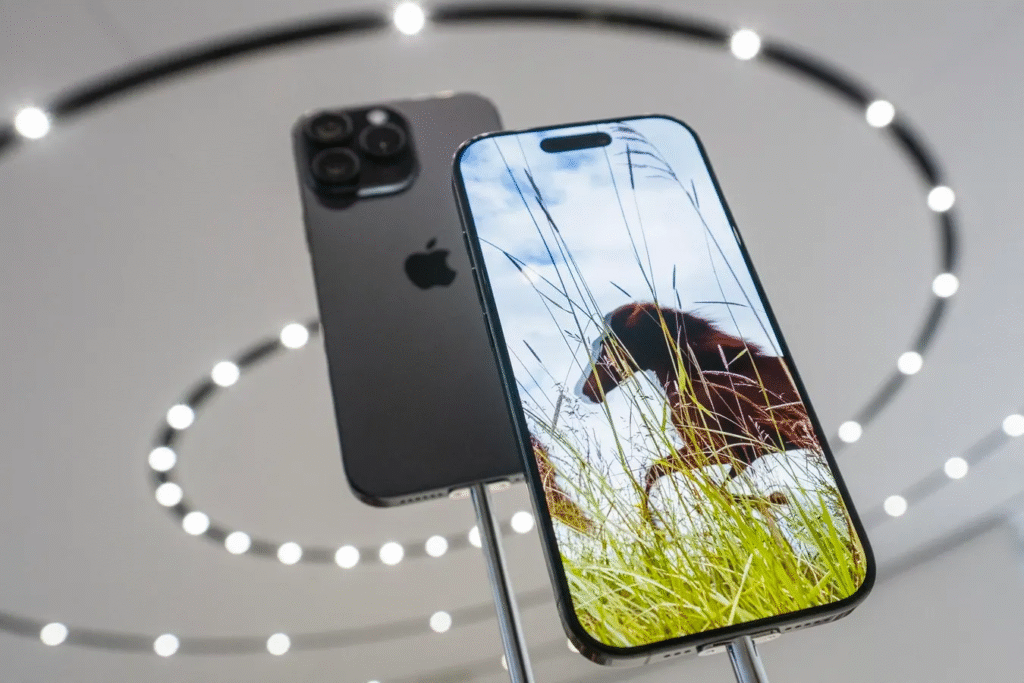Apple Intelligence features are commonly used by users of iPhones and Macs. Some like the new summaries and writing tools. Others want to avoid them until the features improve. If your device runs iOS eighteen or macOS Sequoia, you may notice Apple Intelligence is on by default. You can turn it off when you do not need it. Doing so keeps background processes and storage use low while you use other parts of your device.
Where to Find Apple Intelligence Settings
On an iPhone or iPad, open the Settings app. Scroll down until you see a section named Apple Intelligence and Siri. Tap that to open the settings for Apple Intelligence. On a Mac, open the System Settings app. On the left side, find Apple Intelligence and Siri. These are the general settings for Apple Intelligence on your device.

How to Turn Off Apple Intelligence
Once in the Apple Intelligence and Siri settings, you will see a main switch. It shows that Apple Intelligence is on. Tap or click that switch to turn it off. The device will stop running any of the Apple Intelligence features in the background. Even Siri will not use the new AI functions when that switch is off.
Under that main switch, you may see a separate switch for Siri. This switch lets you disconnect AI from Siri while keeping other AI features on. If you prefer to use visual summaries but not AI voice in Siri, you can turn off just the Siri switch.
How to Stop Reporting AI Activity
Apple Intelligence creates a report of what it does on your device. You may want to turn off these reports even if you leave AI on. On an iPhone, open Settings, then tap Privacy and Security. Next, scroll down to Apple Intelligence Report. Tap that and you can turn off reporting entirely. You can also choose how often the device creates a report. On a Mac, open System Settings, then tap Privacy and Security on the left. Scroll down and click Apple Intelligence Report. You can toggle reporting off there or change the report schedule.
How to Free Up AI Storage Space
When Apple Intelligence is on your device uses storage to hold AI-related files. Over time, those files can add up to five or eight gigabytes. You may wish to clear that space. On an iPhone, open Settings, then tap General and iPhone Storage. Under the heading for your system, find Apple Intelligence. You will see how much storage it uses. When AI is off, the storage use will drop roughly in half as files are cleared. On a Mac, you can open System Settings, then click General and Storage. Look for Apple Intelligence and click it to see how much space it uses.
What You Lose When AI Is Off
Turning off the main AI switch or Siri switch stops many new features. You will no longer see AI summaries of web pages or messages. The new writing tools will not appear in your apps. Visual intelligence, such as recognizing objects in images, will be disabled. If you installed the Image Playground or Genmoji apps, they will not work. You can turn AI back on at any time in settings when you want those features again.
Why You Might Unplug AI
You may wish to turn off Apple Intelligence for several reasons. You may find the AI features are not ready, or you do not trust them. Your device may run slower or use more battery when AI is on. You may need the storage space for other apps or files. You may also prefer not to send any information to Apple for processing. Turning AI off gives you more privacy and control over your phone or Mac.

How to Turn AI Back On
If you decide you want AI features again, simply return to Settings on iPhone or System Settings on Mac. Tap Apple Intelligence and Siri, and flip the switch back on. You can then enable Siri AI or reporting as you prefer. You may need to wait a few minutes for the AI files and features to reload on your device. After that, you will have full access to AI summaries, writing tools, and other new features.
Apple Intelligence is a powerful set of features that can help with writing, summaries, and image tasks. Yet not everyone wants it on all the time. By following these steps, you can unplug Apple Intelligence when you need to. You can also turn it back on when you want to try a new AI feature. This way, you keep your device running smoothly and only activate AI when it truly helps you.





